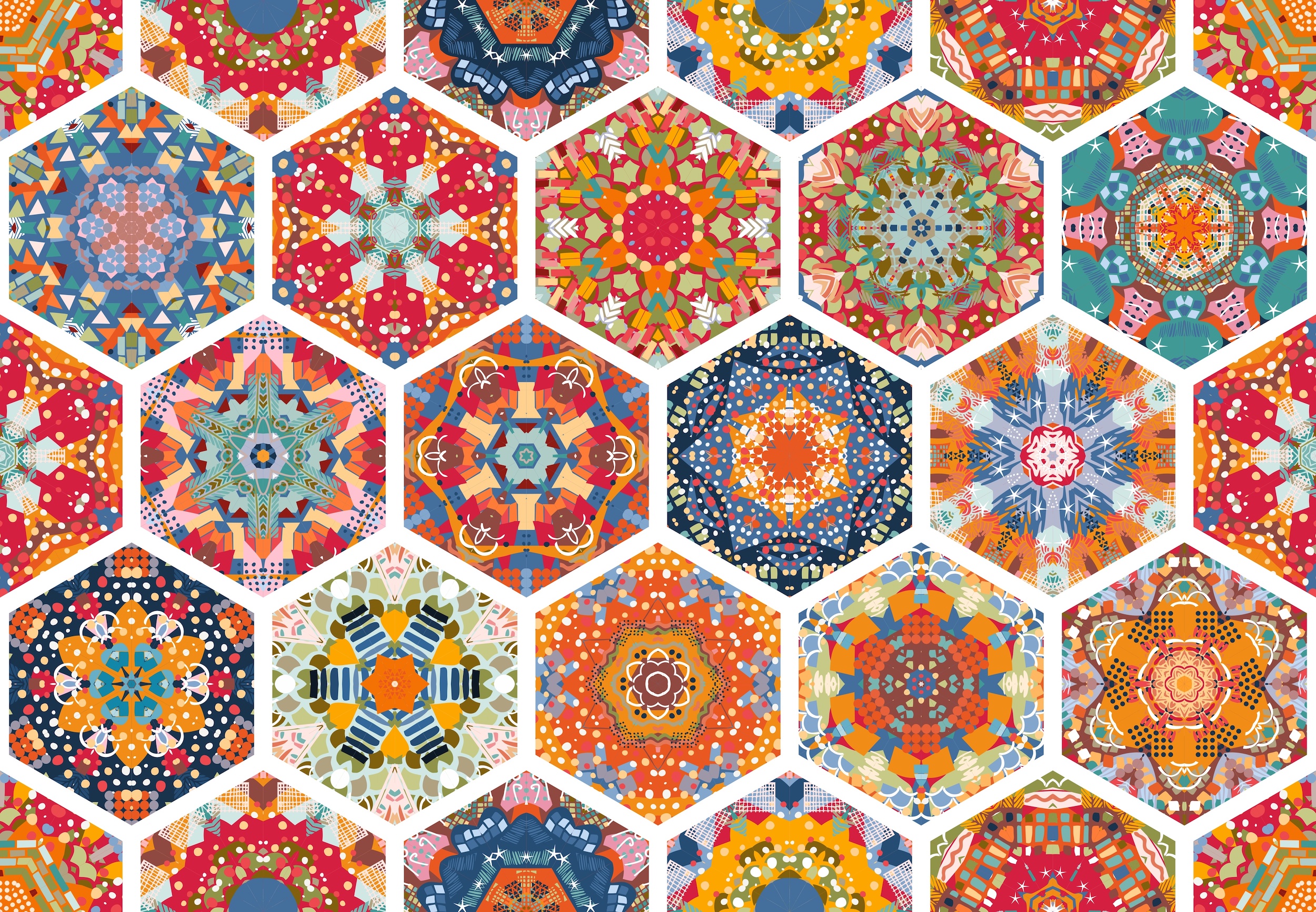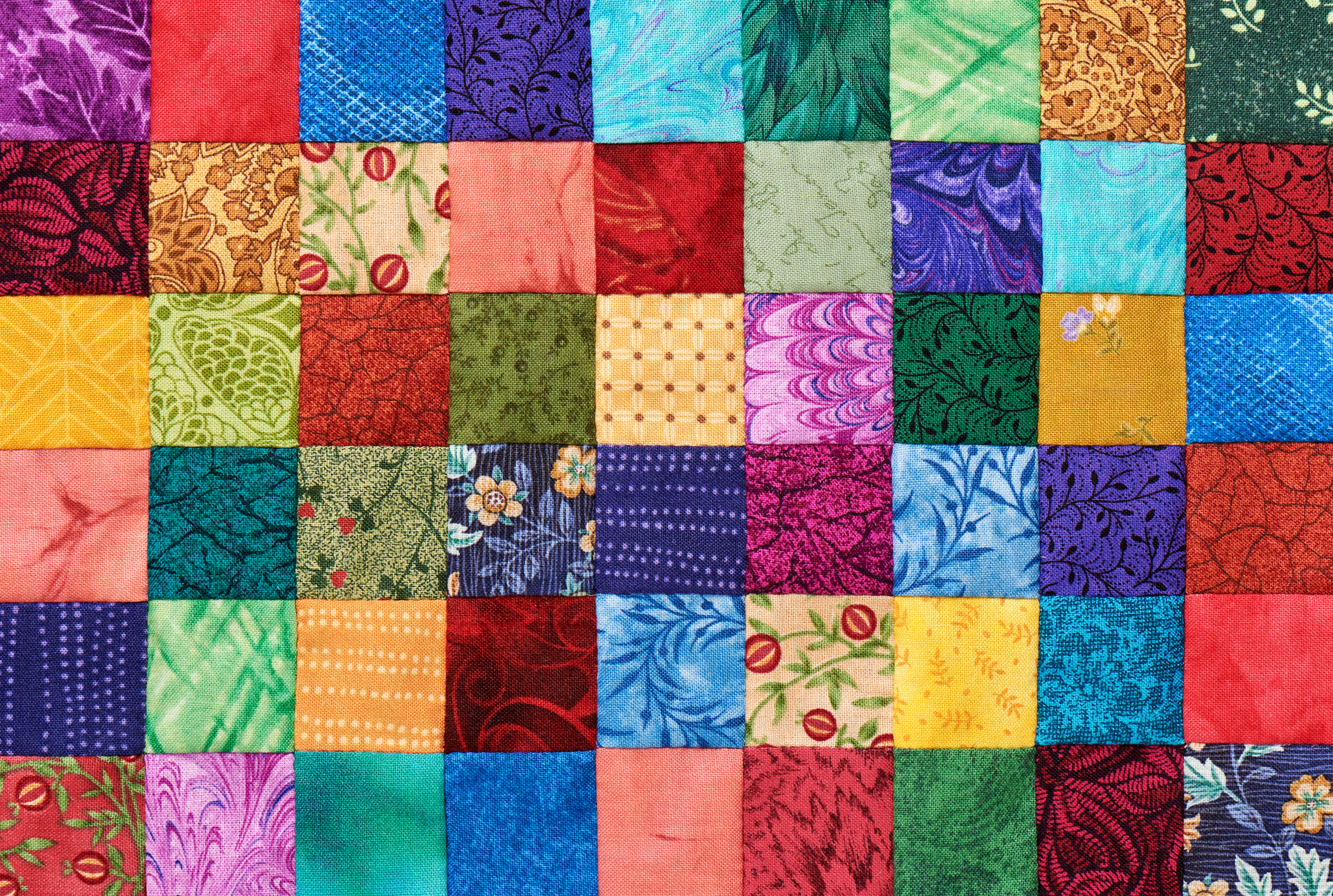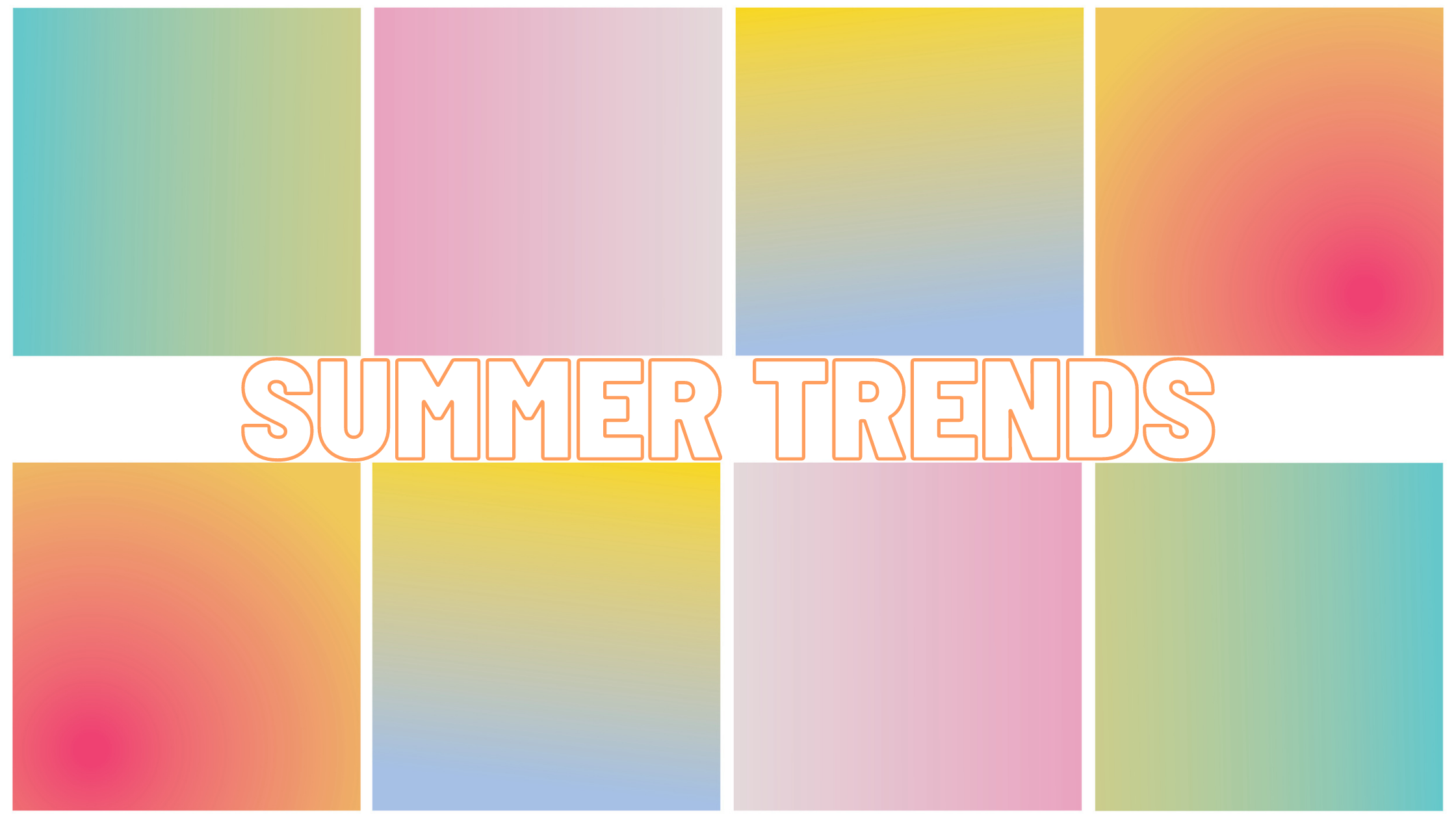
Everybody has a podcast these days. Should your business be one of them? Find out everything you need to know before you jump in.
Podcast Basics
As business owners we already have one thing many people who start podcasts don’t: a following. Before you decide to push a podcast to your audience, make sure you can provide enough information. Without the content, you don’t have a podcast.
The next thing to think about is your podcast format. Will you be the host? Will you cohost? What about special guests? Once you figure out your style you can determine how long you want the episodes to be (any where from 4 minutes to 2 hours) and how frequently you release episodes. This could be every week, every month, or seasonally to fill in your slow months.
Equipment
There’s a lot of information available as to what recording software is the best. The good news is starting a podcast is cheap; it shouldn’t set you back more than $100.
Another thing to consider is editing software. Again, you’ve got a couple of options so if you have any editing experience think about what’s important to you (ease of use? amazing features?). Do your research and tailor your decision based off that.
After you get the equipment, practice before you go live. (Talking in a microphone is more difficult than you’d think!) Plus you’ll get a better idea of how to script your episodes.
Once you start the opportunities are limitless! Eventually you can get advertisers and bigger-name guests.
If you’re looking for more information to guide you in owning a retail business, subscribe to American Quilt Retailer today. Already a subscriber? No worries—join our Facebook group for insights and dialogue from industry specialists like you. And don’t forget, you can always purchase single issues if you prefer that instead.













